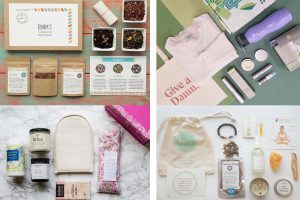The Toy Dilemma

I feel like I am living in a toy store. How many toys do my kids really need and how do I keep them organized?
The outside world exerts a lot of pressure about buying the ‘right toys’ with claims that they will make children more creative, intelligent or happy. But remember that creativity and intelligence can be encouraged with things we usually have at home. Relying on stuff to make kids happy leads down a very slippery slope.
As parents, you decide which toys are right for your family—not the store or your peers. The decision involves space, budget and values (packaging, violence, body image, etc).
Once you’ve made the decision, it’s time to send clear messages to your children about the toys that will be in your home: they must fit in this shelf space or these bins. If you want something new, you need to give away/sell/donate something to make room. Too many toys mean that kids probably don’t even remember what they have. A good start might be to do the first purge of toys without your kids, hide the toys and see what is missed.
Research shows that children benefit from learning to wait for something they want. Children need to learn frustration tolerance and delayed gratification. Often if a child waits a few days for a toy, she may not even remember or want it. If you struggle with saying no to a child in the moment (read: temper tantrums in stores), make a plan before you even head to the store and be clear. “We’re only buying one birthday present today. If you see anything you want, we’ll put it on a birthday/holiday wish-list.” If your child is shopping to spend allowance money, find out what he’ll give away before the item is bought.
Organize/pitch every few months. Mark it as an appointment on the calendar. Older kids can do this once they see what they don’t use anymore.
Remember, outside stuff doesn’t define us and can often take away from who we really are. It’s a good message for parents to keep in mind and even better to reinforce to our children.














